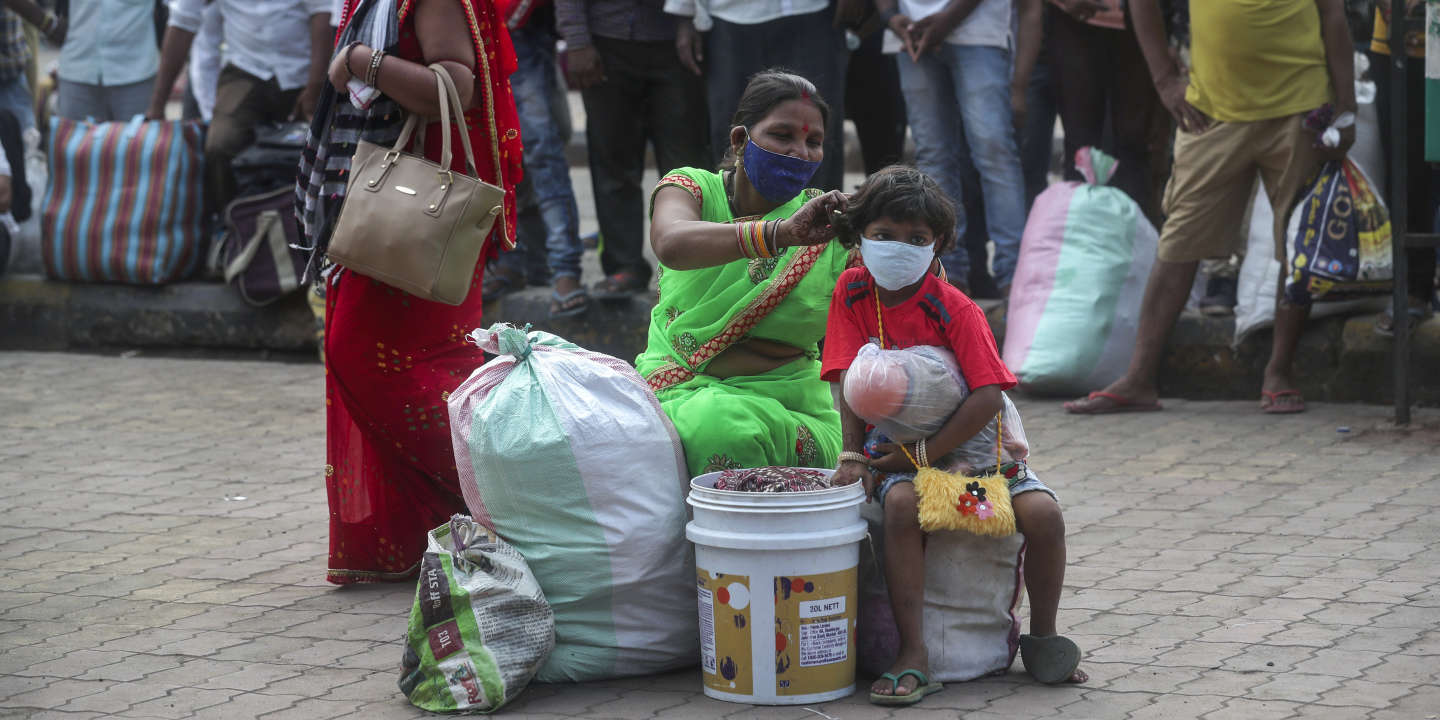
India was overwhelmed by the second wave

Bombay regained its dead city appearance on Saturday 10 April and Sunday 11 April. A surreal vision of India’s commercial capital, 21 million people, that seemed to turn the page on Covid-19 in February, with car traffic nearly normalizing and slums crowding up as normal. Faced with the ravages of the second pandemic wave, when they succumbed to the first weekend of complete containment, residents of major cities knew that their confinement would in fact continue until the end of April.
After stalling for a long time, the alliance that included Shiv Sena (far right) and two left-wing parties at the head of the region, Maharashtra (123 million people), ended with the most radical decisiveness. The healthcare system is completely overstretched. Hospitals are rejecting patients, in the absence of ventilators and beds in intensive care. Currently, more than 63,000 cases of pollution are detected daily in Maharashtra, or about 40% of new Covid-19 cases detected daily in India, including 10,000 in Bombay alone.
Containment was inevitable as the city had a shortage of vaccines. Two-thirds of the 120 vaccination centers were forced to keep doors closed throughout the weekend. On Monday morning, they began to slowly reopen, after the city was temporarily resupplied with Covishield, the AstraZeneca vaccine produced at the Serum Institute of India laboratories in Pune, a three-hour drive away.
Managing a volatile health situation
The sudden increase in positive cases is spreading across the Indian subcontinent. New Delhi broke the record for the first wave, with more than 10,700 positive tests on Saturday. The national pollution curve is no longer exponential, but rather vertical. Between 1he is On April 11th, the number of new daily cases increased from 72,000 to nearly 170,000. On Monday, the cumulative number of the epidemic reached 13.5 million cases discovered (India passes ahead of Brazil) and 170,179 deaths.
The rebound effect is violent for Narendra Modi. The nationalist prime minister had ventured into saying in the depths of winter that he had saved India from disaster, and that the country was an example to the world. Then the Indian subcontinent recorded just over 9,000 daily cases. His message was harmful, as the Indians let their guard down, drop the mask and forget the necessity of social distancing. Here he is now leading, on videotape, a crisis meeting after a crisis meeting, with executives in all states and territories of the Indian Federation.
You have 62.89% of this article to read. The rest is for subscribers only.

“Unapologetic pop culture trailblazer. Freelance troublemaker. Food guru. Alcohol fanatic. Gamer. Explorer. Thinker.”
